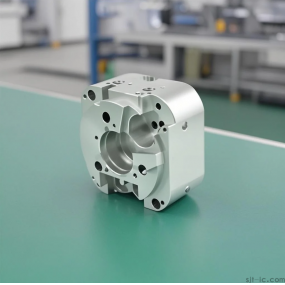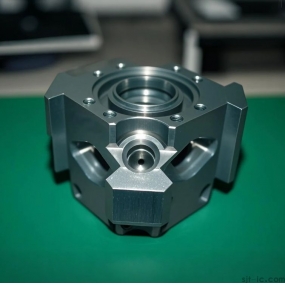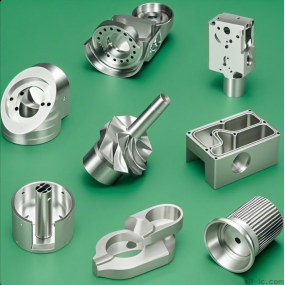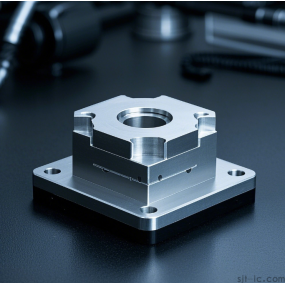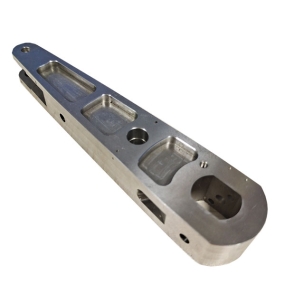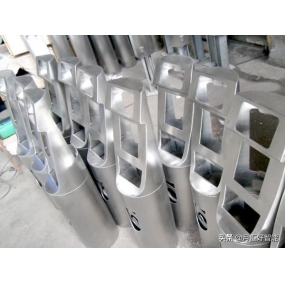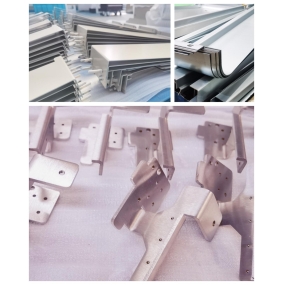Precision stamping parts processing plants must understand the stamping functions of common metal materials before processing stamped parts.
1. Copper and copper alloys
The commonly used copper and copper alloy materials for stamping include red copper (that is, pure copper), brass and bronze. The stamping function of pure copper and H62 and H68 brass is good. Under the same deformation conditions, H62 is more severe than H68 cold work hardening. Bronze has poorer stamping function than brass, and the functional differences between different trademarks are also greater. Because bronze is more severe than brass cold work hardening, more central annealing is required.
2. Aluminum and aluminum alloys
Aluminum and aluminum alloys commonly used in stamping are pure aluminum, hard aluminum, anti-rust aluminum, and wrought aluminum. Pure aluminum has very low strength and is rarely used in mechanical products. Hard aluminum, wrought aluminum, and anti-rust aluminum are all aluminum alloys. They have good plasticity in the annealed state and are suitable for stamping processing. For aluminum alloys that can be strengthened by heat treatment, such as hard aluminum and wrought aluminum, quenching can also be used to obtain higher plasticity and favorable comprehensive mechanical functions for stamping. However, the quenching heating temperature must be well grasped. If it is over-burned, it will severely deteriorate the stamping function of the alloy. After heat treatment quenching, the strength of aluminum alloys will gradually increase over time, but the plasticity will decrease accordingly. This phenomenon is called aging strengthening. The quenching treatment of aluminum alloys with aging strengthening characteristics in the multi-process stamping center must be carried out in the next stamping process before the aging strengthening is carried out in the future. Most anti-rust aluminum cold work hardening is severe, and when stamping complex parts, it is usually necessary to perform 1 to 3 central annealing. Stamping aluminum alloys in a warm state can improve their stamping function, but attention must be paid to the heating temperature and the use of heat-resistant lubricants, etc. 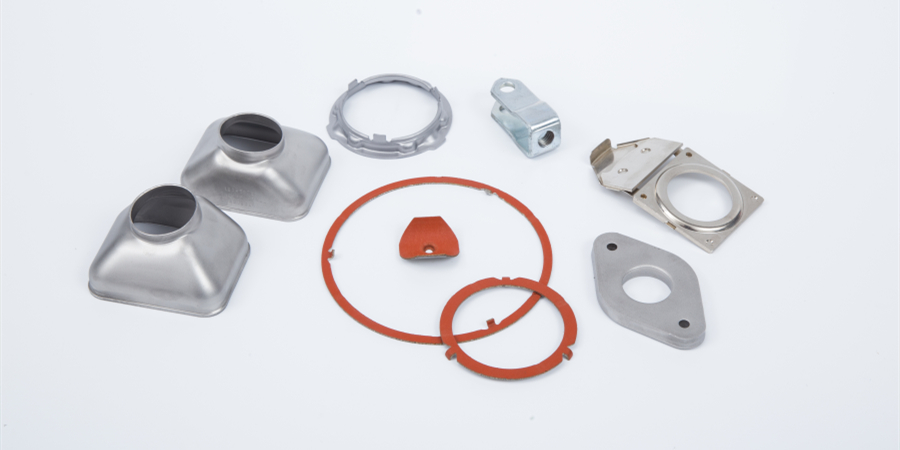
3. Magnesium alloy
Magnesium alloys have low plasticity at room temperature and better plasticity at higher temperatures, so heat stamping is generally used for magnesium alloys. Precision stamping parts processing plants should pay attention to the same precautions for heat stamping as aluminum and molybdenum materials. The mechanical function of magnesium alloy plates has significant directional differences, and the strength is very low in the hot state, so the phenomenon of deep drawing and thinning is more serious. Other magnesium alloys are simply "burned" and catch fire when heated. Pay attention to safety during production.
4. Titanium and titanium alloys
Titanium and titanium alloys have high strength, high deformation force, and intense cold work hardening. Except for a few trademarks used for stamping parts with little deformation, cold stamping is mostly used. When stamping titanium and titanium alloys, the stamping speed should be as low as possible.
This article is from EMAR Mold Co., Ltd. For more EMAR related information, please click: www.sjt-ic.com!


 Spanish
Spanish Arabic
Arabic French
French Portuguese
Portuguese Belarusian
Belarusian Japanese
Japanese Russian
Russian Malay
Malay Icelandic
Icelandic Bulgarian
Bulgarian Azerbaijani
Azerbaijani Estonian
Estonian Irish
Irish Polish
Polish Persian
Persian Boolean
Boolean Danish
Danish German
German Filipino
Filipino Finnish
Finnish Korean
Korean Dutch
Dutch Galician
Galician Catalan
Catalan Czech
Czech Croatian
Croatian Latin
Latin Latvian
Latvian Romanian
Romanian Maltese
Maltese Macedonian
Macedonian Norwegian
Norwegian Swedish
Swedish Serbian
Serbian Slovak
Slovak Slovenian
Slovenian Swahili
Swahili Thai
Thai Turkish
Turkish Welsh
Welsh Urdu
Urdu Ukrainian
Ukrainian Greek
Greek Hungarian
Hungarian Italian
Italian Yiddish
Yiddish Indonesian
Indonesian Vietnamese
Vietnamese Haitian Creole
Haitian Creole Spanish Basque
Spanish Basque

